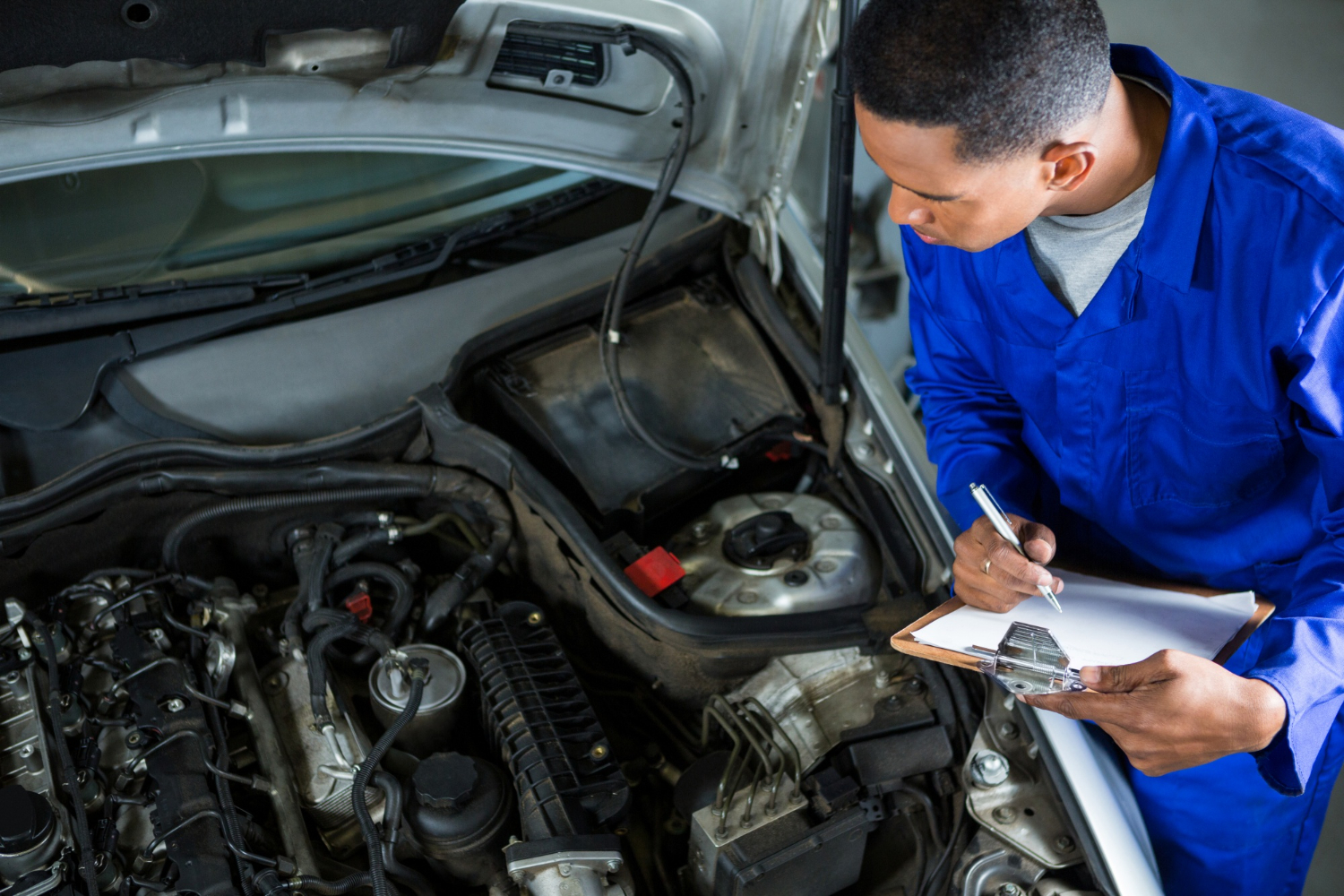
After your vehicle has undergone repairs, a post repair inspection is crucial. This inspection ensures that all work is done correctly and that your car is safe to drive. It involves a thorough review of different parts and systems. Technicians check everything from the structural integrity to the electrical and mechanical systems. This thorough inspection guarantees that repairs meet safety and quality standards.
In this blog, we'll dive into the specifics of what technicians look for during post repair inspections. This detailed look will help you understand the importance of these inspections and what they involve.
Evaluating Structural Integrity
Evaluating the structural integrity of your vehicle is the first step in a post repair inspection. Technicians start by examining the frame of the car. The frame is like the vehicle's skeleton and must be free of any cracks, bends, or other damage. If the frame has issues, it can affect the car’s safety and performance.
Next, technicians check the alignment of the vehicle. Proper alignment ensures that the car drives straight and doesn’t pull to one side. Misalignment can cause uneven tire wear and make your car harder to control. Technicians use specialized tools to check for alignment issues and make necessary adjustments.
Additionally, they inspect the welds and joints where parts of the car are connected. These areas need to be strong and secure. Weak or poorly done welds can compromise the car’s safety, especially in the event of another collision. By ensuring all welds and joints are solid, technicians make sure the vehicle’s structure is sound and robust.
Checking Electrical and Mechanical Systems
Checking the electrical and mechanical systems is crucial for the vehicle's functionality. Technicians begin by testing the car’s battery and electrical connections. Proper electrical connections ensure that everything from the headlights to the dashboard lights works correctly. They also check the alternator, which plays a vital role in charging the battery and powering electrical systems.
The mechanical systems, including the engine and transmission, are thoroughly inspected. Technicians listen to unusual noises and check for leaks. They verify that the engine is running smoothly and efficiently. Any problems found in these systems can lead to more serious issues down the road, so early detection is important.
Technicians also check the brakes and suspension. These systems are essential for safe driving. The brakes are examined for wear and proper function. The suspension system is checked to make sure it can absorb shocks and keep the car stable. Ensuring these systems are in good working order is key for your safety and your car’s performance.
Inspecting Paint and Body Work
Inspecting the paint and body work is an essential part of a post repair inspection. Technicians start by examining the paint job. They check if the new paint matches the original color and if there are any visible imperfections like drips or uneven spots. A good paint job should blend seamlessly with the rest of the car.
Next, they inspect the body work for any dents, scratches, or other damages. The goal is to make sure the car's surface is smooth and flawless. This step might involve using specialized lights to reveal inconsistencies and ensure a perfect finish. Proper body work is crucial not just for aesthetics but also for the car’s protection against rust and corrosion.
Technicians also verify that the panels and other parts align perfectly. Misaligned parts can indicate improper repairs and can affect the car's aerodynamics and appearance. They make sure all parts fit together as they should, with no gaps or overlaps, ensuring the integrity of the body work.
Ensuring Overall Safety Compliance
Ensuring overall safety compliance is the final step in post repair inspections. Technicians perform a comprehensive check of safety features like airbags, seat belts, and sensors. They make sure these components are installed correctly and function as expected, protecting you in case of an accident.
Technicians also test the vehicle’s lights, including headlights, brake lights, and turn signals. Proper lighting is crucial for visibility and safety on the road. They ensure that each light works and meets safety standards. Additionally, they check the windshield wipers and washers to ensure clear visibility during bad weather.
Further, they inspect the tires for correct pressure and tread depth. Properly inflated tires with good tread are vital for safe driving. They also check the alignment and balance of the tires, which affects the vehicle’s handling and safety. By verifying these aspects, technicians guarantee that your car is road-ready and safe to drive.
Conclusion
Post repair inspections are vital for ensuring your vehicle is safe, reliable, and in top condition. Technicians meticulously check various aspects, from structural integrity to electrical and mechanical systems, paint and body work, and overall safety compliance. Each step in the inspection process is aimed at catching any issues and ensuring everything works perfectly.
For expert post repair inspections and reliable auto repair services, turn to Allyz Auto in Orlando, Florida. Our certified collision repair experts will make sure your vehicle is in excellent condition. Contact us today to schedule your inspection and keep your car running smoothly.